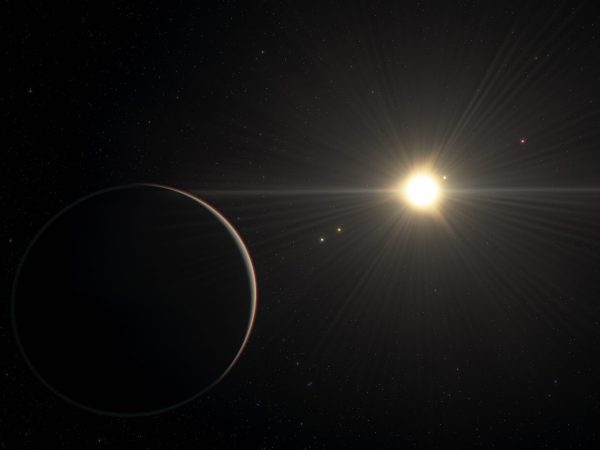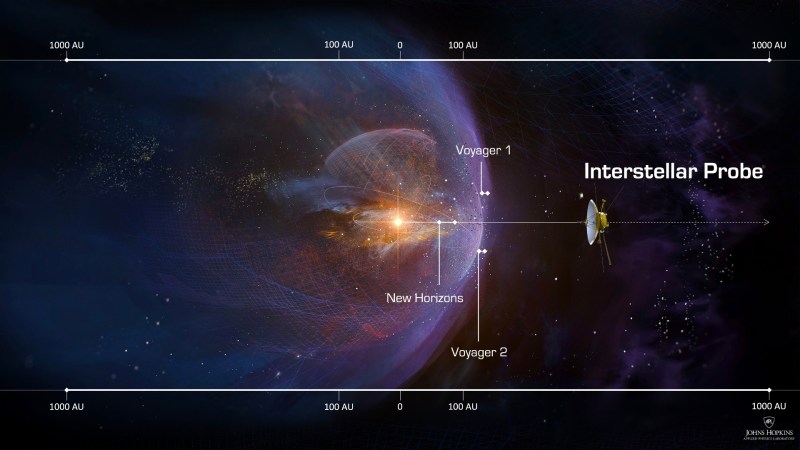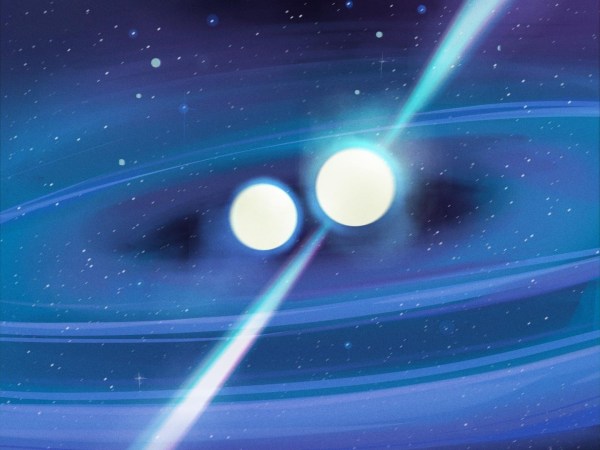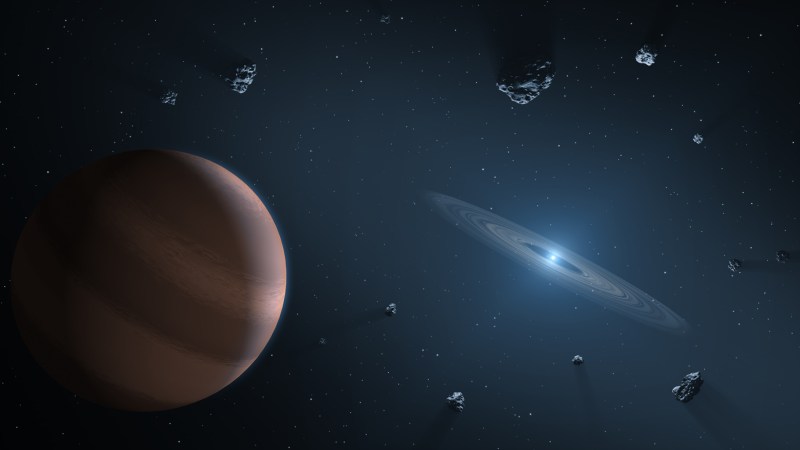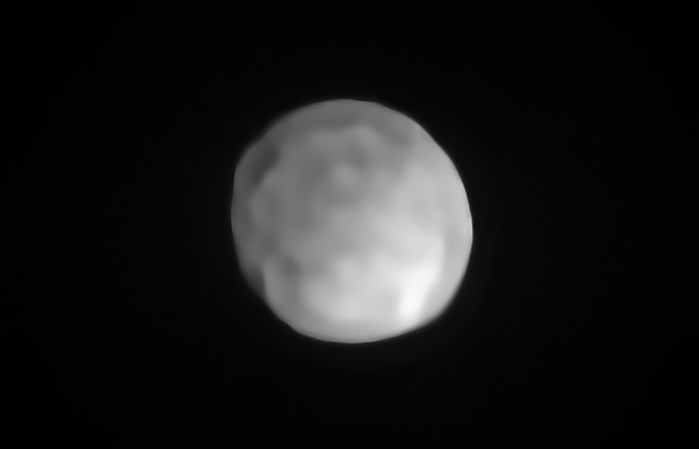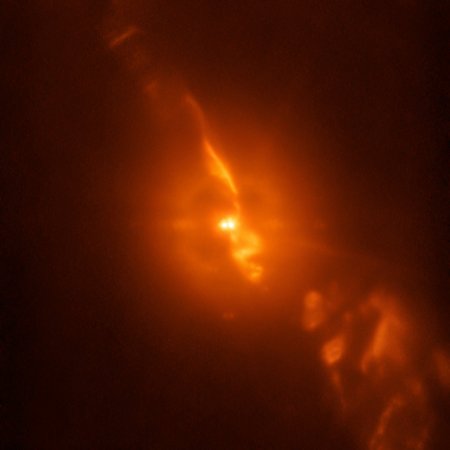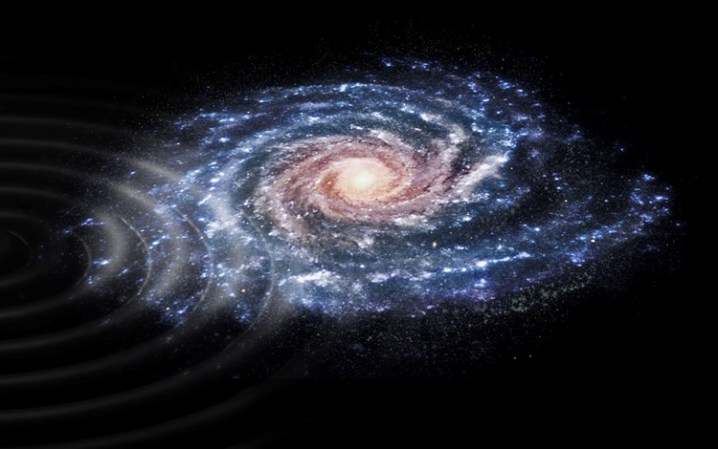

Reality is stranger than fiction, especially in space, where astronomers just spotted two tiny stars orbiting so close together that the whole system could fit inside our sun. In a new article submitted to the Open Journal of Astrophysics, researchers present the discovery of ZTF J2020+5033, a not-quite-a-star object called a brown dwarf that’s circling a small, low-mass star.
This is what’s known as a binary system, where two stars are bound to each other in a sort of gravitational dance—think the iconic twin suns in the sky above Tatooine, the Star Wars planet. What’s wild about this particular new—and very real—binary is just how small it is. “This system shouldn’t exist,” says Mark Popinchalk, an astronomer at the American Museum of Natural History not involved in the new research.
The brown dwarf completes one lap of its parent star in just under two hours, about the time it takes Popinchalk to commute from Brooklyn to his Manhattan office and back. “I would have been skeptical of the system,” he adds, but the authors have collected “an impressive amount of data” using multiple telescopes and techniques to support this discovery.
[Related: Your guide to the types of stars, from their dusty births to violent deaths]
“The orbit is much tighter (i.e., smaller, with a shorter orbital period) than any previously discovered brown dwarf binaries,” says lead author Kareem El-Badry, an astronomer at Caltech. “Until now it seemed like these kinds of binaries were unable to reach such short periods, but this system shows that is not the case.”
Binary systems are an important tool for astronomers to understand stars more generally. Thanks to the gravitational interactions between the two components, researchers can measure mass, radius, and temperature and other key properties more reliably and accurately for binaries than they can when observing lone stars. These measurements are needed to test our models and understanding of how stars change over time.
The center of this binary system is a low-mass star—something smaller than our sun—with a brown dwarf orbiting around it. Brown dwarfs are sometimes called “failed stars” because they’re not quite big enough to be a star but too big to be a planet. “Failed stars” may be a misnomer, though, since astronomers are still trying to figure out if brown dwarfs and stars are born the same way.
This particular newly discovered brown dwarf, which is about 80 times the mass of Jupiter, is on the cusp of being massive enough to be a star. Studying it in particular can help astronomers unravel how these intermediate objects came to be. “The way brown dwarfs form still has several big question marks around it, and each brown dwarf/low-mass star binary system is an important laboratory to answer these questions,” says Popinchalk. ZTF J2020+5033 is such a large example of a brown dwarf that someday, if any of its partner star’s material transfers onto it, that addition might push the brown dwarf into star territory—“like a cosmic gift, some mass passed on to an old friend to help them over the line and into the category of full fledged star,” says Popinchalk.
[Related: Dust clumps around a young star could one day form planets]
Plus, this new binary’s tight orbit poses a puzzle for researchers. Stars are puffier when they’re young—so much so that if these stars weren’t old, they couldn’t orbit so close and would be touching. “A majority of known brown dwarfs are young and inflated,” says El-Badry. “So it lets us test models for how brown dwarfs should cool as they age.” Their youthful puffiness also means they couldn’t have possibly been in this orbit their whole lives, and instead the orbit somehow shrunk with the stars by a factor of five over their lifetimes.
The authors propose the shrinking orbit could be caused by magnetic braking, where energetic particles from a star are funneled through its magnetic field, robbing the star of energy. Existing models assume that magnetic braking doesn’t work for small stars, but it looks like it must be operating here. If small stars decelerate more than previously thought, this could have big impacts for the evolution of other types of binary stars too—X-ray binaries that have a neutron star and a low-mass star, or cataclysmic variables with a low-mass star and a white dwarf.




